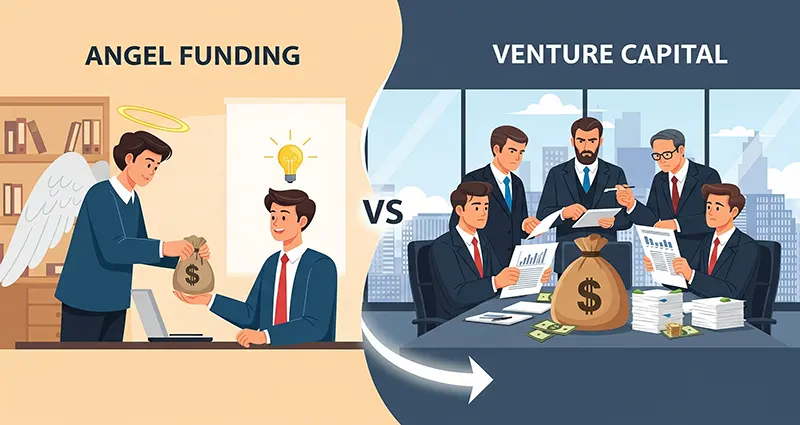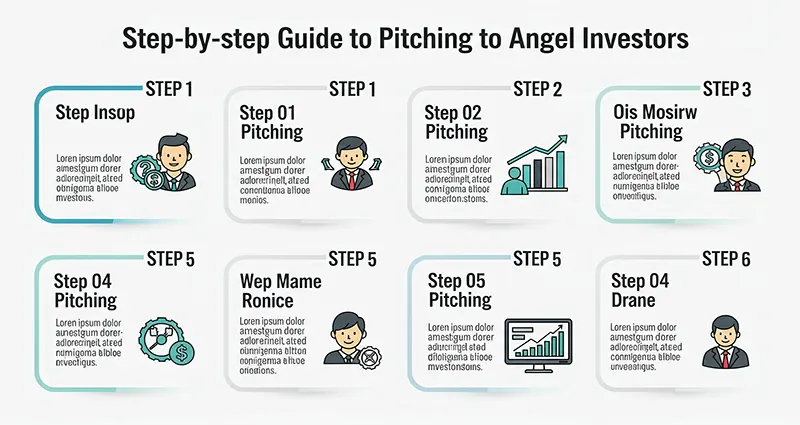Angel Funding vs. Venture Capital: A Guide for Early-Stage Startups
For an early-stage startup, securing the right type of funding is a pivotal decision that can shape its entire trajectory. While both angel investors and venture capitalists (VCs) provide crucial capital in exchange for equity, they operate in fundamentally different ways. Understanding these differences is essential for founders to choose the path that best aligns with their company’s vision and goals.
This article breaks down the key distinctions between angel funding and venture capital for early-stage tech startups.
Angel Investors: The First Believers
Angel investors are typically high-net-worth individuals who invest their own personal funds into early-stage companies. The name “angel” comes from Broadway, where wealthy individuals would provide money to save a show from closing. In the startup world, angels are often the very first external investors, acting as a crucial bridge between bootstrapping (using personal savings, friends, and family) and institutional funding.
Key Characteristics of Angel Funding:
- Source of Funds: Angels invest their own money. This gives them more flexibility and often results in a more personal, hands-on relationship with the founder.
- Investment Size: Angel investments are generally smaller, ranging from tens of thousands to a few hundred thousand dollars, and in some cases, up to a million. These funds are used for “seed” activities like building a prototype, conducting market research, and making initial hires.
- Stage of Investment: Angels are most active at the “pre-seed” and “seed” stages. They are willing to take on a higher risk, investing in an idea or a team with minimal to













